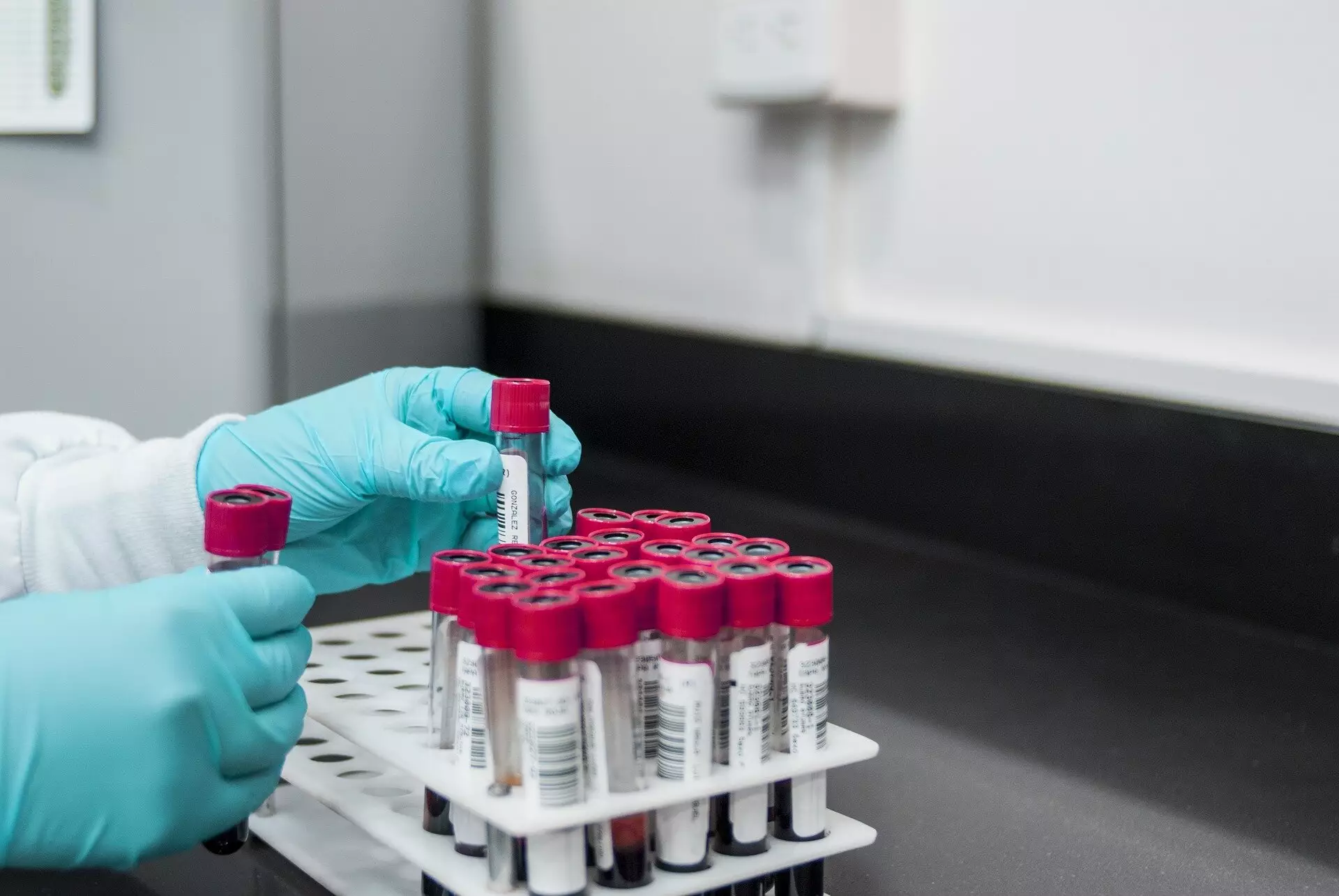Prostate cancer is a common issue for older men, with approximately 300,000 new cases in the U.S. each year. However, not all prostate cancers require treatment or even need to be biopsied. A new meta-analysis by investigators from Brigham and Women’s Hospital suggests that combining MRI of the prostate findings with prostate-specific antigen (PSA) density can help determine if a prostate lesion is clinically significant cancer. This new approach can decrease patient harm and health care costs associated with unnecessary prostate biopsies.
Doctors have long known that not all prostate cancer is dangerous, but determining which cancers need treatment without a biopsy can be difficult. Biopsies of the prostate can be uncomfortable, invasive, and expensive. Clinically significant prostate cancer (csPCa) is defined as cancer that has a high chance of threatening a patient’s life. These cancers have cells that appear more aggressive, or cancer is found outside of the prostate gland.
The study tested a new approach by combining MRI-based prostate imaging reporting and data system (PI-RADS) scores with PSA density to identify potentially clinically significant cancers without the need for a biopsy. PI-RADS scores the prostate lesion on a scale from 1 to 5, with 1 indicating a highly unlikely clinically significant cancer and 5 indicating a highly likely clinically significant cancer. PSA density (PSAD) is calculated by dividing the PSA blood level by the prostate’s volume as determined by MRI.
The meta-analysis included data from 72 previously published studies of men with prostate cancer, analyzing the PI-RADS results, prostate-specific antigen density testing, and the determination of clinical significance from biopsies. The researchers found that prostate biopsies may be unnecessary for patients with a PI-RADS score under 4 and a PSAD below 0.10 ng/ml2. By using specific PI-RADS and PSAD cutoffs, doctors could confidently skip 50% of biopsies while only missing 5% of clinically significant cancers, or they could skip 30% and only miss 3%.
The findings of the study suggest that patient-tailored prostate biopsy decisions based on MRI and blood tests could prevent unnecessary procedures while still maintaining high sensitivity in detecting clinically significant cancers. By providing this information to physicians and patients, they can make more informed decisions about whether to undergo a biopsy.
The next step in this research is to create an easy-to-use patient-level scoring system based on the analysis findings. This system would allow urologists to evaluate their patient’s need for a biopsy more effectively and accurately, reducing the number of unnecessary procedures while ensuring that clinically significant cancers are not missed.
The combination of MRI of the prostate findings with PSA density has the potential to revolutionize the diagnosis and treatment of prostate cancer. By avoiding unnecessary biopsies and providing more accurate information about the aggressiveness of cancer cells, this approach can improve patient outcomes and reduce healthcare costs. Further research and the development of patient-level scoring systems will continue to enhance the effectiveness of this diagnostic method in the future.

